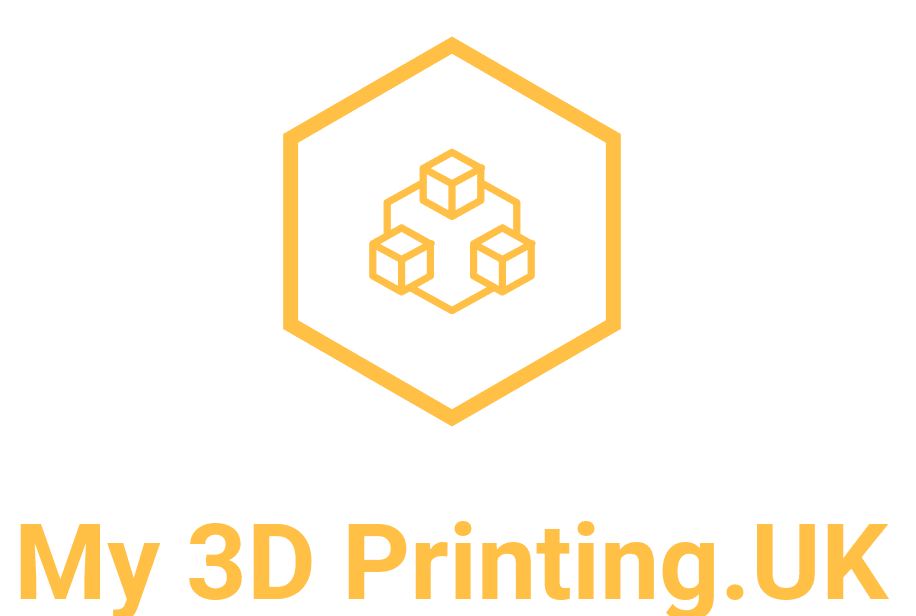Bambu Studio
This video is an introduction to Bambu Studio and, shows the user interface of the slicer.
Here is a video that walks you through how to use Bambu Studio . Bambu Studio is opensource, which means that it has new features and updates more regularly. Additionally, if there are any bugs in the software they will be found more quickly. Moreover, the quality of your 3D model generally will be better with these new features. Such as, a change in where the seam goes, making it more discrete on the finished model. Generally, all people that do 3D printing drive for better quality and faster print times and slices that are more developed with more features can often do this.
Bambu Studio features
You also have pre-set options for different materials such as TPU, ABS, PTG and, nylon to use. Selecting an appropriate material setting is very important. By doing this Bambu Studio adjusts temperatures and other print settings according to your filament type. However, it is still good practice to check these prompted settings adhere to the guide on the side of the spool of filament. For example, for PLA: 190- 220 if you stick in between that guide is a good rule of thumb TIP
Similarly to Creality Print and Orca Slicer this is a new slicer, so there are plenty of reviews to be found online. As I do not own a Bambu, I am not writing from first-hand experience with this slicer. But, from third parties within the 3d printing community, whom use the software themselves. And the way it does multicolour prints is phenomenal the quality is amazing but doing a multicolour print can sometimes take an hour longer than if you was doing a single colour print it’s because of all the purge colours and stuff like that sometimes you can’t even tell where the new colour started but you can only do this if you have bamboos AMS
